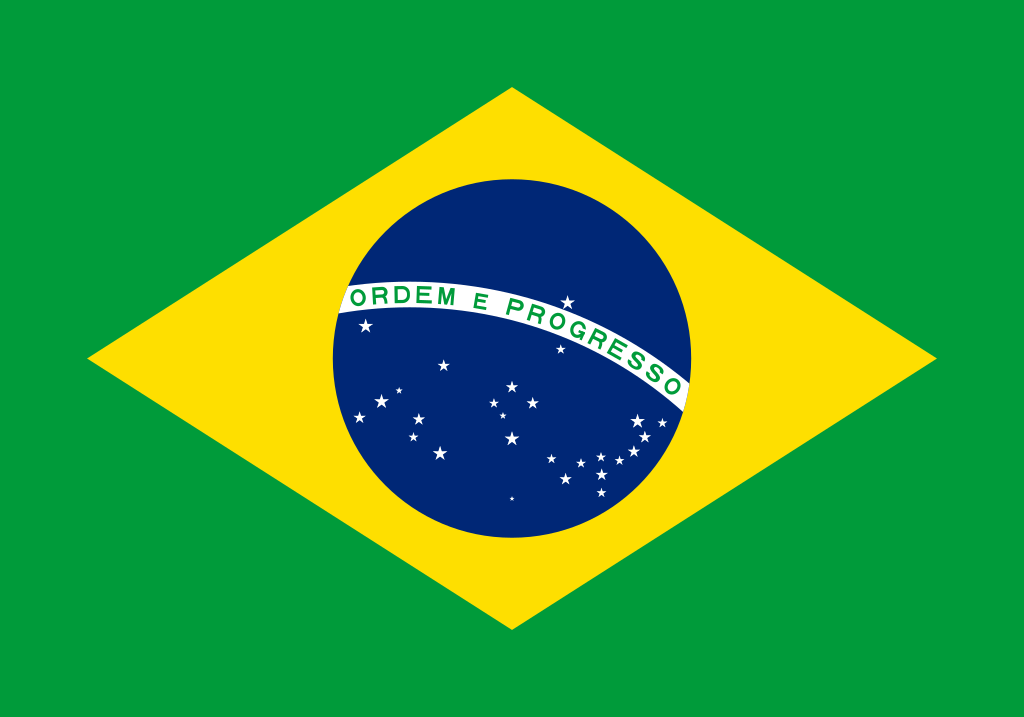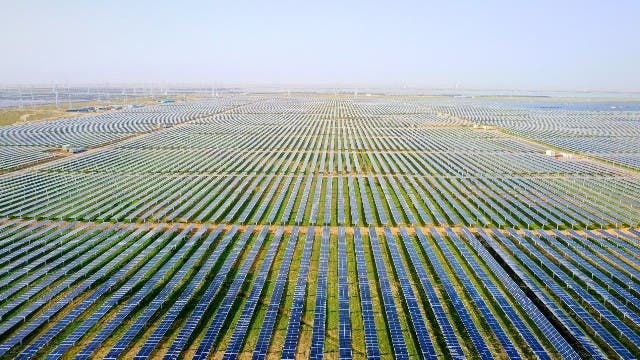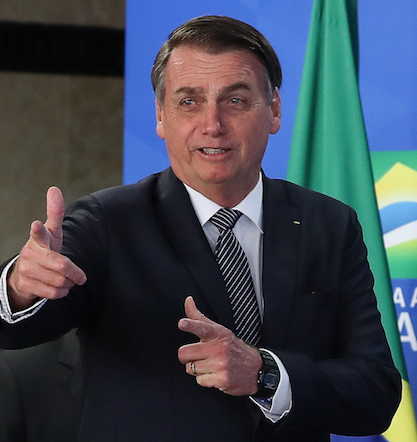Brazil has now moved past the 7 gigawatt (GW) mark of total installed renewables – and has set the ambition of 45% of its energy needs being generated in similar form by 2050.

Compared to other high-population nations elsewhere in the world, Brazil – and much of South America – is lagging in renewables installations, but the nation has just moved past the 3 GW mark on installed of large-scale solar, and is also reported to have a further 4 GW of remote-generation solar in place.
In the past eight years, investment in solar – the leading form of renewable energy authorities in Brasilia are said to be leaning towards – has surpassed US$6.8 billion but this is now only generating 1.6% of the nation’s annual energy mix.

On the up-side, solar generated electricity is now being seen as the most competitive form of renewable energy nationwide with prices as low as US$21 per megawatt hour.
In the remote generated solar being produced, it is still residential installations leading the way with almost three quarters of all PV currently installed sited on or near residential homes.
For the government of Jair Bolsonaro and his successors to even get close to a total of 45% of energy being supplied by – primarily – solar installations three decades from now, this will need to be balanced by industry in the very near future.

Foto: Marcos Corrêa/PR
With this in mind, Brazil’s Ministry of Mines and Energy in conjunction with the nation’s state-run Empresa de Pesquisa Energetica (EPE) agency have now come up with a National Energy Plan (PNE) to carry Brazil through to 2050.
“We need to improve price models for electricity, as well as the planning and operation of the electrical system, so it represents the characteristics and uncertainties inherent to each primary source,” a spokesperson for Brazil’s energy ministry has said, addressing feasibility concerns as the largest country on the continent takes its first teetering steps into large scale renewables policy.
(This article first appeared in The Taiwan Times and is republished with permission.)





